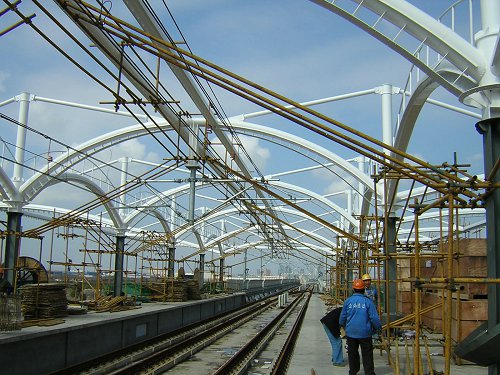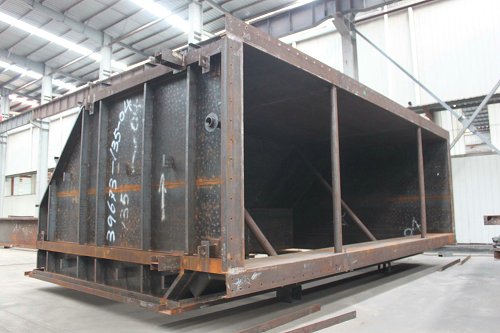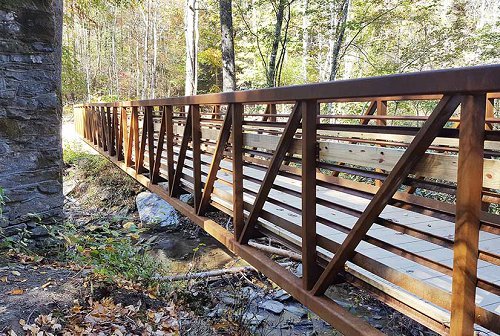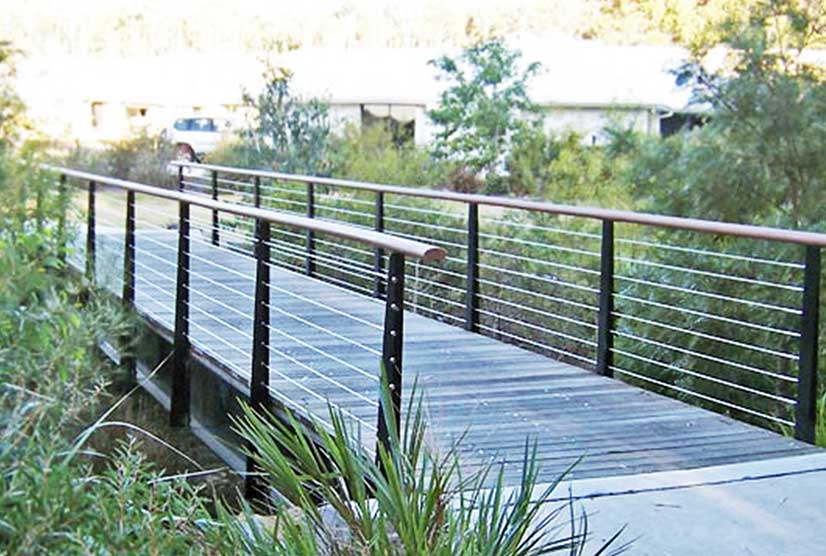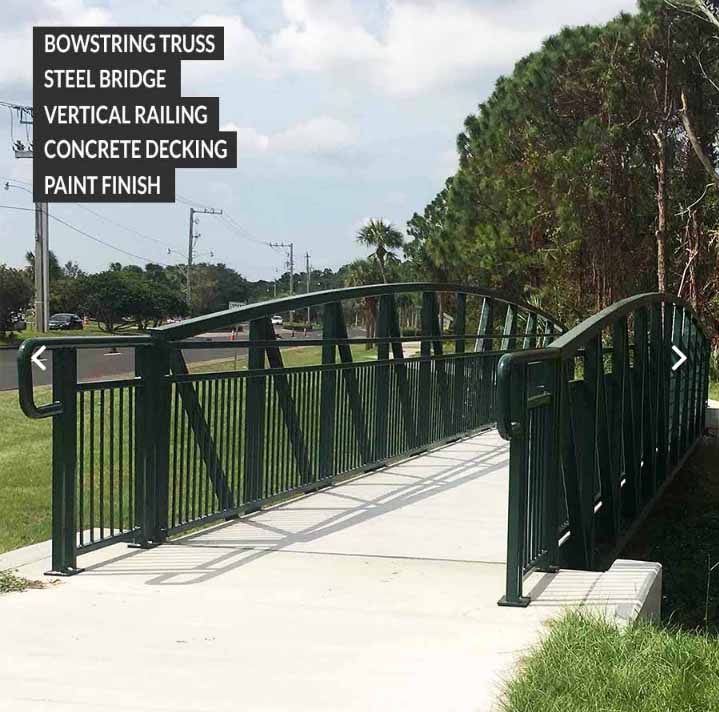Chimney Steel Structure and Smokestack structrual tower
No Pics.
Chimney Steel Structure and Smokestack structrual tower
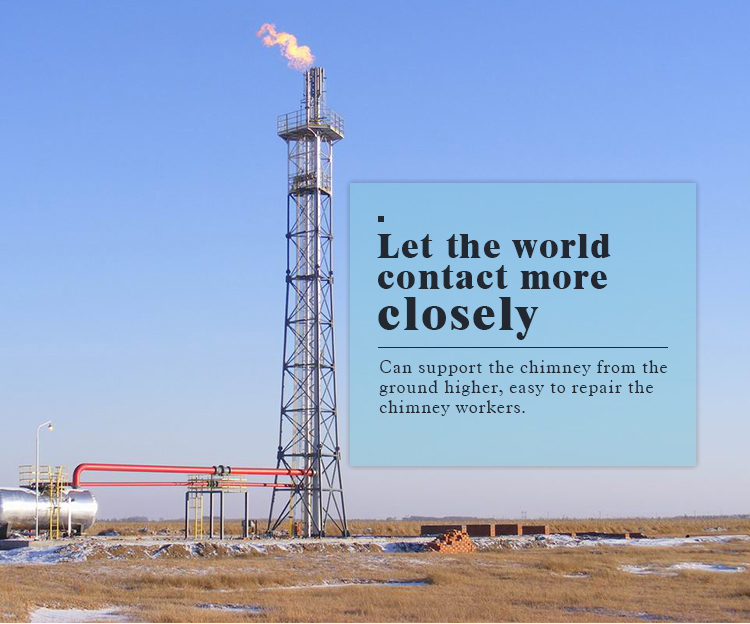
The chimney tower is a chimney support tower, an exhaust gas emission tower, and a chimney auxiliary support tower. It mainly supports the supported pipe body with a steel structure support frame. The structure is self-standing and wire-drawn, and is mostly used in chemical enterprises, petroleum departments, and Gas emissions, etc., the height range is 10-200 meters.
The structure of the chimney tower can be divided into a four-column angle steel structure and a three-column steel pipe structure, and the hoop is fixed in the middle by using a hoop.
Our company can design, manufacture and install chimney tower products according to the special requirements of users. It has unique design in the use of special chimney towers.
The torch tower is mainly used to burn oil, petrochemical, refining, refining, natural gas, chemical fertilizer, chemical and other enterprises in the production process, can not be or can not be recycled, and often is toxic and harmful, flammable and explosive, etc. Hazardous flammable gases that convert such gases into non-hazardous gases and vent to the atmosphere. As a safety protection and environmental protection device, the torch cannot be underestimated.
1, high-altitude torch: the height is generally tens of meters or even more than 100 meters, the highest high-altitude torch in the country that has already been 180 meters high is put into production operation. According to the established form: elevated torch (tower type torch), self-supporting torch, pull rope type torch.
2, ground torch: mainly refers to the burner is set on the ground, surrounded by closed closed exhaust gas combustion device.
Thermal chimney solar energy lighting towers chimney tower
Product Description
It is divided into four-column angle steel structure and three-column steel tube structure. The chimney is fixed in the center with hold hoop. The tube is mainly supported by steel structure support frame, including free standing type and guyed type. It is mainly used in chemical industry, petroleum industry, flammable gases emission, etc. with height range from 10 to 100m. The tower material usually uses angle steel and steel tube.Chimney Tower is manly used to fix and repair the chimney.
Chimney Steel Structure and Smokestack structrual tower
The chimney tower is a chimney support tower, an exhaust gas emission tower, and a chimney auxiliary support tower. It mainly supports the supported pipe body with a steel structure support frame. The structure is self-standing and wire-drawn, and is mostly used in chemical enterprises, petroleum departments, and Gas emissions, etc., the height range is 10-200 meters.
The structure of the chimney tower can be divided into a four-column angle steel structure and a three-column steel pipe structure, and the hoop is fixed in the middle by using a hoop.
Our company can design, manufacture and install chimney tower products according to the special requirements of users. It has unique design in the use of special chimney towers.
The torch tower is mainly used to burn oil, petrochemical, refining, refining, natural gas, chemical fertilizer, chemical and other enterprises in the production process, can not be or can not be recycled, and often is toxic and harmful, flammable and explosive, etc. Hazardous flammable gases that convert such gases into non-hazardous gases and vent to the atmosphere. As a safety protection and environmental protection device, the torch cannot be underestimated.
1, high-altitude torch: the height is generally tens of meters or even more than 100 meters, the highest high-altitude torch in the country that has already been 180 meters high is put into production operation. According to the established form: elevated torch (tower type torch), self-supporting torch, pull rope type torch.
2, ground torch: mainly refers to the burner is set on the ground, surrounded by closed closed exhaust gas combustion device.
Thermal chimney solar energy lighting towers chimney tower
Product Description
It is divided into four-column angle steel structure and three-column steel tube structure. The chimney is fixed in the center with hold hoop. The tube is mainly supported by steel structure support frame, including free standing type and guyed type. It is mainly used in chemical industry, petroleum industry, flammable gases emission, etc. with height range from 10 to 100m. The tower material usually uses angle steel and steel tube.Chimney Tower is manly used to fix and repair the chimney.
|
Steel |
Yield Strength (MPa) |
standard |
Standard Title |
Metallic element |
Content |
|
|||
|
main ingredient Q345 |
345 for Thickness <=16 |
GB/T 1591-2008 |
High strength low alloy structural steels |
C |
≤0.20 |
|
|||
|
Mn |
≤1.70 |
|
|||||||
|
(ASTM A572/A572M-15 , EN10025 S355N) |
Si |
≤0.50 |
|
||||||
|
Accessories Q235 |
235 |
GB/T 700-2006 |
Carbon structural steels |
P |
≤0.035 |
|
|||
|
(ASTM A283 Gr.B , EN10025 S235JR) |
S |
≤0.035 |
|||||||
|
Hot dip galvanizing |
Standard |
Steel thickness/mm |
Mean coating thickness/μm |
Metallic element |
Content |
|
|||||
|
Pole shafts,cross arms&bolted on accessories |
ASTM A123/ A123M-15 AS/ NZS 4680 |
>6 |
85 |
Mn |
0.25%-0.40% |
|
|||||
|
<3-6 |
70 |
|
|||||||||
|
1.5-3 |
55 |
Cu |
<0.15% |
|
|||||||
|
<1.5 |
55 |
|
|||||||||
|
Bolts,nuts&washers |
GB/T 5267.3-2008 |
_____ |
≥ 54 |
P |
<0.025% |
|
|||||
|
(ISO 10684-2004) |
|
|
|||||||||
|
Foundation bolts |
ASTM A153/ A153M-09 |
_____ |
≥ 54 |
S |
<0.03% |
||||||
|
|
|
|
|
|
|
||||||
Please provide drawings if you have. It could save time for both of us and is quicker to calculate the accurate price for you.
We also provide design according to your requests, if you don’t have drawings.
Steel structure chimney Self-Supporting tower anti-corrosion
First, construction preparation
1. The selection of anti-corrosion materials for steel structure chimney self-supporting tower engineering should meet the design requirements. Corrosion resistant materials include primers, topcoats and thinner materials. Steel structure chimney self-supporting tower engineering anti-corrosion primer has red oily anti-rust paint, epoxy ester anti-rust paint, etc.; steel structure chimney Self-Supporting tower anti-corrosion topcoat has a variety of alkyd enamel and various alkyd blending paint. All kinds of anti-corrosion materials should comply with the relevant national technical indicators, and should also have a product certificate.
2, the main equipment:
Sandblasting guns, air pumps, recovery devices, spray guns, spray paint pumps, hoses, blades, hand wheels, abrasive cloths, wire brushes, cotton yarns, small compressors, paint kegs, brushes, pickling tanks and accessories.
3. Working conditions:
1) The painter construction operation should have a special operation operation permit.
2) The steel structure project before the anti-corrosion coating project has been inspected and accepted, and meets the design requirements.
3) Anti-corrosion coating work site should have safety protection measures, fire and ventilation measures to prevent fire and personnel poisoning accidents.
4) The open weather anti-corrosion construction operation should select the appropriate weather, and the wind, rain, and cold should not be used.
Second, the operation process
1 process flow:
Base cleaning → primer coating → topcoat coating → inspection acceptance
2 base cleaning:
1) The paint coating of the steel structure chimney self-supporting tower project shall be carried out after the steel structure installation and acceptance. Before the paint is applied, the rust, weld skin, welding spatter, oil stain, dust and other debris of the part to be painted should be cleaned.
2) The quality of the rust cleaning of the base surface is directly related to the quality of the coating. Therefore, the rust removal quality of the base surface of the coating process is divided into first and second grades, as specified in the table below.
Steel structure derusting quality grade
Grade quality standard rust removal method
1 steel surface exposed metal color sandblasting, shot blasting, pickling
2 steel surface allows to keep clean rolled skin general tools (wire brush, abrasive cloth) to remove
3. In order to ensure the quality of painting, the following descaling processes can be selected according to different needs.
Sand blasting and rust removal, which uses the pressure of compressed air to continuously impact the surface of the steel member with quartz sand or iron sand, and cleans the rust, oil and other debris on the surface of the steel to expose a natural rust removal method of the metal steel. . This method has high efficiency and complete rust removal, and is a relatively advanced rust removal process.
Pickling and rust removal, which immerses the steel component to be coated in an acid bath, and removes oil and rust on the surface of the component with acid. The pickling process is also efficient, and the rust removal is relatively thorough. However, after pickling, the components must be washed with hot water or water. If residual acid is present, the rust of the components will be more severe.
Manual descaling is the use of some simple tools such as scrapers, grinding wheels, abrasive cloths, wire brushes and other tools to remove rust from steel components. This method has low working efficiency, poor working conditions, and is not completely rust-removing.
3 steel structure anti-corrosion primer coating:
1) Blending red Dan antirust paint to control the viscosity, consistency and dilution of the paint. When mixing, it should be fully stirred to make the paint color and viscosity uniform.
2) When brushing the first layer of primer, the brushing direction should be the same, and the connection should be neat.
3) When painting, the principle of dip and short brush should be adopted to prevent the brush from being painted too much and falling.
4) After the first pass, the brush should be kept for a certain period of time to prevent the first pass from drying out for the second time. This will cause the paint to wrinkle and the quality will drop.
5) After the first drying, brush the second time. The second painting direction should be perpendicular to the first painting direction, which will make the film thickness uniform.
6) After the primer is applied, it takes at least 4~8 hours to reach the surface dryness. The top coat should not be applied before the surface is dry.
4 steel structure anti-corrosion topcoat coating:
1) Steel structure chimney Self-Supporting tower coating primer and topcoat generally have a long intermediate gap time. After the steel components are coated with anti-rust paint, they are sent to the construction site for assembly. After the assembly is completed, the top coat is uniformly applied. In this way, the surface of the steel structure should be cleaned before the topcoat is applied, and the weld flux should be removed. For the components that are burned or touched, the paint should be touched beforehand.
2) The topcoat should be prepared by selecting the topcoat with the same color. The blended thinner should be suitable. The topcoat should be fully stirred before use to keep the color uniform. The working viscosity and consistency should ensure that it does not fall during painting and does not show brushing.
3) The topcoat should be continuously stirred during use. The method and direction of painting are the same as the above process.
4) When the coating process is sprayed, the nozzle diameter and spray pressure should be adjusted. The spray hose can be freely stretched to the working area. The air compressor pressure should be 0.4~0.7N/mm2.
5) The distance between the nozzle and the coating should be kept well during spraying. Generally, the distance between the spray gun and the working surface should be about 100mm. The angle between the spray gun and the base surface of the steel structure should be vertical, or the nozzle should be slightly inclined upward.
6) When spraying, the nozzles should move in parallel. When moving, the nozzle should be stable and the speed should be consistent to keep the coating even. However, when spraying, the thickness of the coating is generally thin, so it should be sprayed several times, and each layer should be sprayed when the upper layer of paint film has been dried.


